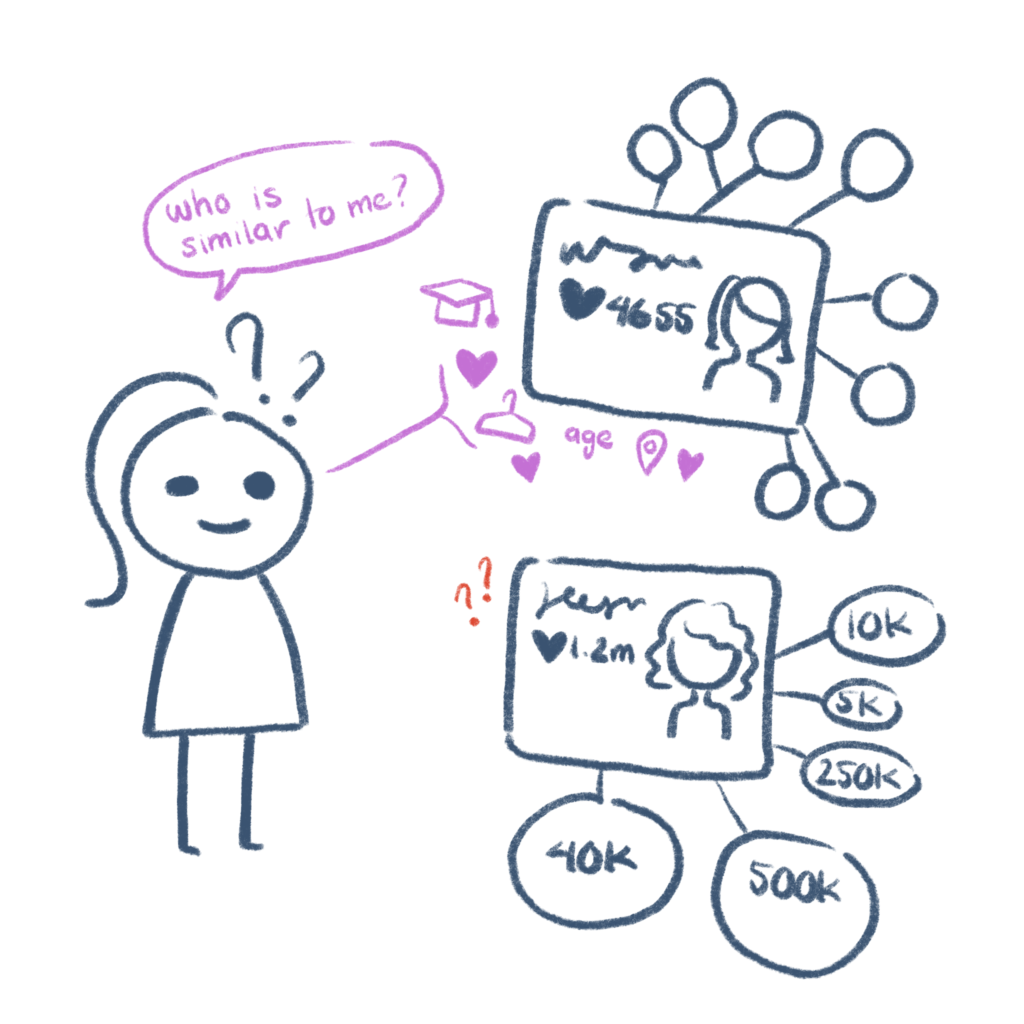The holidays are almost here! There are many things I love about the holidays, but one of them surely is gift-giving. Not everyone feels the same way though. So let’s try to simplify gift giving decisions with some help from game theory. How can we apply what we learned about game theory to gift-giving?
When we buy a gift for someone, it has a cost to us (effort, monetary, or both). And when we receive a gift, we get some enjoyment out of it. This sounds like a game! Let’s consider a pair of friends who are deciding whether or not it’s worth it to get each other a gift. Each friend has two strategies — to buy a gift for their friend, or not.Each friend buys a gift with a cost C, and receives a gift with enjoyment E. Of course, they could also not get a gift for their friend (at no cost), and possibly not receive a gift from their friend (resulting in no enjoyment). We can draw a payoff matrix for this like so.
| Friend 2 | |||
| Give Gift | Not Give Gift | ||
| Friend 1 | Give Gift | E1 – C1, E2 – C2 | -C1, E2 |
| Not Give Gift | E1, -C2 | 0, 0 |
Now, let’s assume that E > C (because both friends know what the other likes and they bought the gifts at a discount). You would think that the optimal strategy would be to always want to get each other a gift, but according to this payoff matrix… each friend would be better off with not buying a gift for their friend! Of course, surely you see something wrong about our conclusion. One thing to notice is that not giving a gift can either give us enjoyment (if the other person gives us a gift) or nothing (if the other person doesn’t get us a gift).
However, if we consider this as an iterated game, our strategy has to be different. Because our friend would consider what we did in the previous year when deciding what to do this year. It turns out, that for long-term games, choosing the generous strategy is better than the greedy one outright. This is because gift-givers usually copy whatever their recipient’s response from the previous game. So If I got my friend a gift last year, but they did not give me one… I would not get them one this year! And if I did not get my friend a gift this year, but they got me one, I would try to get them a gift next year (or even immediately). Can you think of other iterated games where we can expect our friend to play our previous strategy (rock paper scissors!)
The optimal strategies for this payoff matrix only work if you spend one Christmas with each other, and never see each other again. It wouldn’t work for someone you would spend multiple holidays with, for years to come. One more thing — if you’re like me, getting a gift for someone in itself is enough to make you happy (I personally enjoy buying gifts for others than receiving one). So it doesn’t matter as much for me if I don’t get something that I like.
If we then consider the joy of giving into our equation, it turns out that buying a gift is always the optimal strategy.
| Friend 2 | |||
| Give Gift | Not Give Gift | ||
| Friend 1 | Give Gift | J1 + E1 – C1, J2 + E2 – C2 | J1 – C1, E2 |
| Not Give Gift | E1, J2 -C2 | 0, 0 |
So there you have it! Our payoff matrix is a bit more complicated than usual because we have three variables…
- E: the enjoyment you get from receiving a gift.
- C: the cost you’ve incurred from buying a gift.
- J: the joy you get from giving.
How they compare to one another is totally up to you. In general, if you enjoy gifting (just for the sake of it), then you should probably keep giving. But I know it’s not for everyone! Either way, there are still so many great things about the holidays. Friends, family, and food (I’m sure you can apply game theory to help with many of your holiday decisions)!
Links:
http://theconversation.com/how-to-apply-game-theory-to-buying-your-christmas-presents-52233

